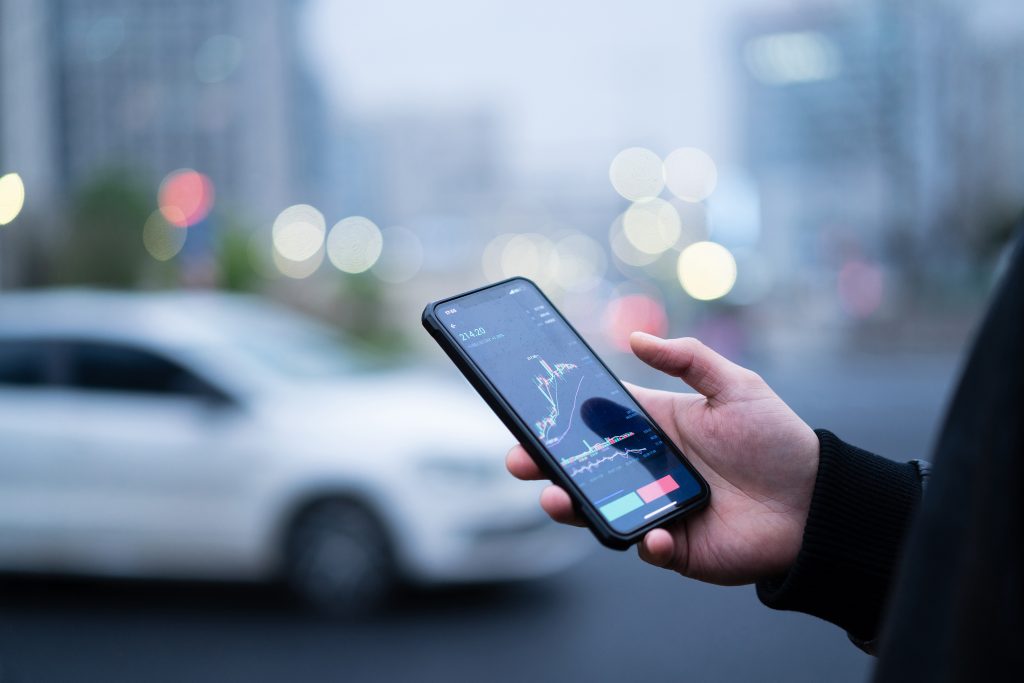
Which documents are required for VAT-exempt intra-community transport of goods within the EU?
VAT and indirect tax
Which documents are required for VAT-exempt intra-community transport of goods within the EU?
Mon 14 Dec 2020
Since 1st January 2020, the VAT “quick fixes” brought several amendments to the EU VAT legislation; one of the most important amendments being stricter rules for the justification of the VAT exemption for intra-community supplies of goods.
As cross-border VAT fraud is primarily linked to the exemption for intra-community supplies, it is necessary to clearly specify in which circumstances the goods should be considered as having been transported from one Member State to another.
The new rules modified the provisions of EU Regulation no. 282/ 2011, laying down implementing measures for Directive 2006/112/EC on the common system of value added tax (“the Regulation”). In the previous version, the Regulation contained clarifications mainly relevant in relation to the supply of services.
The respective amendments are mandatory to all EU Member States and should be applied directly to their respective legislations.
Which documents are required?
According to the Regulation, it shall be presumed that goods have been transported from a Member State to a destination outside its territory but within the community unless the vendor is in possession of direct evidence representing at least 2 non-contradictory documents from different, independent parties (independent from one another and also independent from the seller and from the buyer) such as: a signed CMR, a bill of lading, an airfreight invoice or an invoice from the carrier of the goods.
If two such documents cannot be provided, the vendor should provide at least one direct evidence from the above list and one indirect evidence such as an insurance policy for the transport of the goods, bank documents proving the payment of the transport, documents issued by public authority to confirm the arrival of the goods in the Member State of destination, or confirmation from the warehouse keeper where the goods have arrived.
In addition, if the transportation is performed by the acquirer or by a person on his behalf, the supplier should also obtain a written statement from the acquirer mentioning certain mandatory elements specified in the Regulation.
If the taxable person falls outside the presumption established by the Regulation, it does not automatically mean that the VAT exemption could not be applied. We explain in more detail in the following paragraphs what it means to fall outside the presumption established by the Regulation. If the Regulation cannot be applied, it remains up to the supplier to prove to the satisfaction of the tax inspectors that the transport took place.
When could taxable persons fall outside the presumption of the Regulation?
The taxable persons would find themselves unable to apply the Regulation in situations where CMRs or invoices issued for the transport of the respective goods could not be provided.
More specifically, such situations could happen when:
- the transport takes place with the own means of transport of the seller or the buyer and is not provided by a third party;
- the goods that are delivered are transported by their own vehicles (such as intra-community sales of cars, trucks, boats).
Also, the Regulation could not be applied and the taxable person would be considered to fall outside of the presumption in situations where the respective parties that provide the relevant documents are not different or they are different but do not meet the independence criteria.
Thus, it is presumed that the goods were transported from one EU Member State to another if the supplier could provide documents that meet all the criteria in the Regulation. In this case, the presumption of transport from the Regulation can be applied and the supplier should gather the relevant set of documents from the ones described in the Regulation. If the documents available to the supplier are not sufficient or do not meet the criteria from the Regulation, then the supplier is considered to fall outside the presumption of the Regulation and should provide documents such the ones described below that are mentioned in the local legislation. When applying the provisions from the local legislation, one should be able to prove that indeed it was not possible to meet all the criteria from the Regulation.
How can the transport be justified in case the documents required by the Regulation cannot be provided?
If the taxable person falls outside the presumption of the Regulation, the [ML1] seller can use other documents to justify that the goods have been transported between EU Member States.
Nevertheless, it should be the duty of the seller to justify the reasons for which the Regulation could not be applied.
In case of supply of excisable products that are transported under the suspensive excise regime, relevant documents to prove the transport are considered: the electronic administrative document and the receipt report.
In case of means of transport that are moving on their own vehicles, the sale-purchase agreement mentioning the intra-Community transport as well as the proof of registration of the means of transport in the Member State of destination, are considered relevant.
In other cases, the documents required are:
- transport document such as signed CMR, Air Waybill, and
- one document of choice from the following:
- insurance policy for the transport;
- bank documents to prove the payment of the transport;
- documents issued by public authority to confirm the arrival of the goods in the Member State of destination;
- confirmation from warehouse keeper where the goods have arrived;
- a written statement of the buyer with respect to the transport of the goods in the other Member State that should contain certain mandatory elements.
Discover more
Want to get notified when new blog posts are published?
Subscribe
















